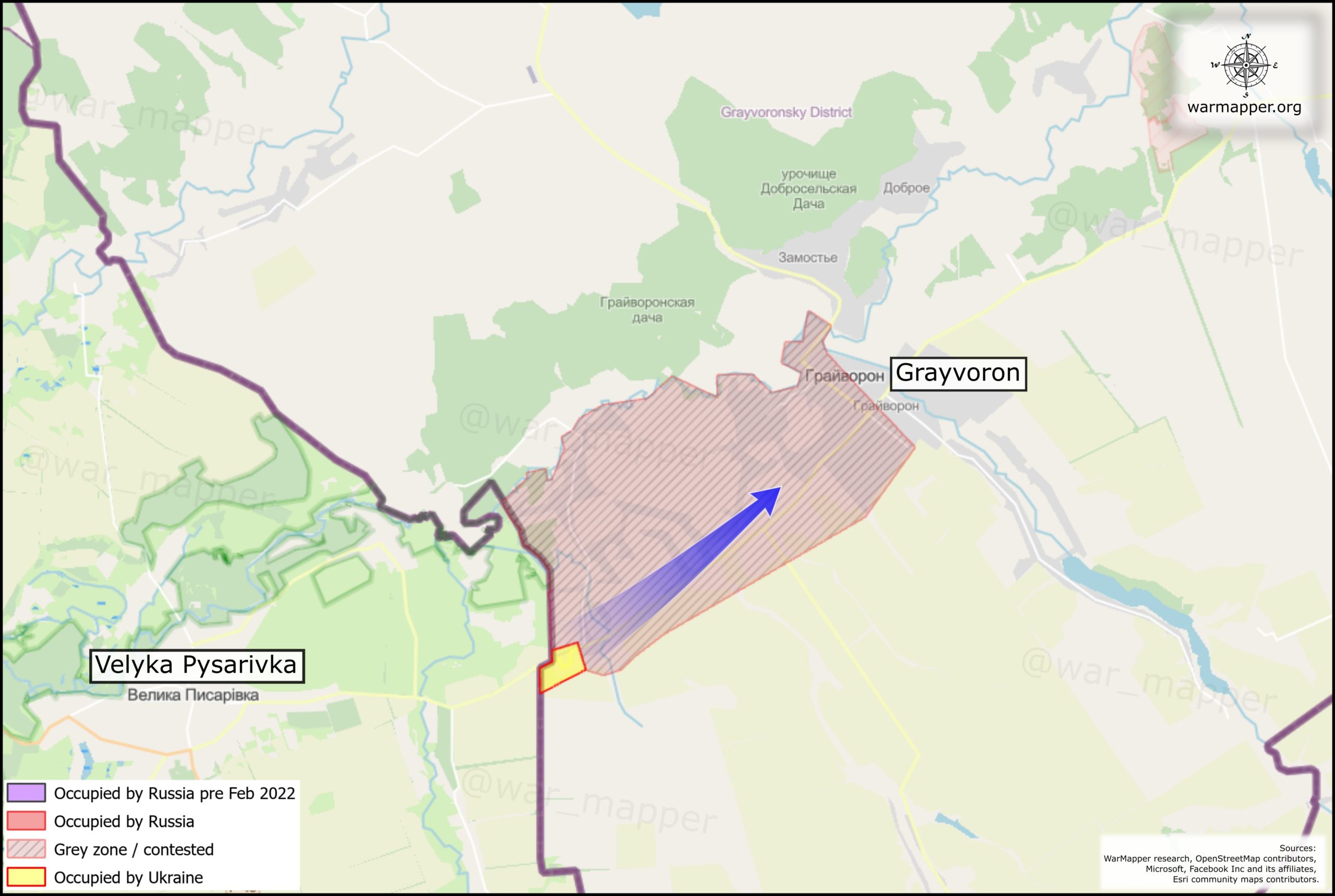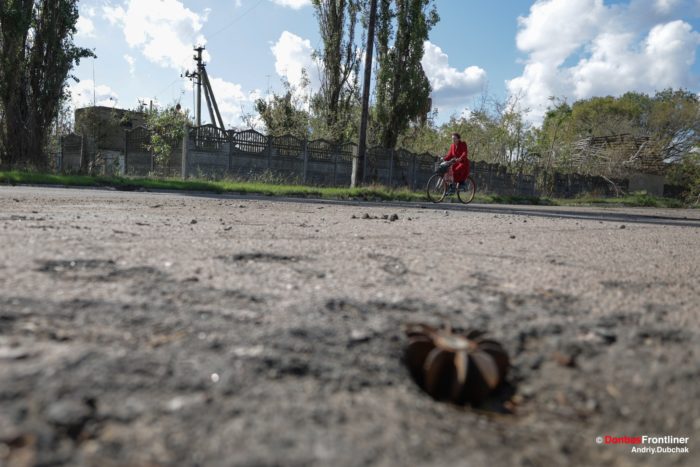Russia is using a tactic known as “elastic defense” to cede territory and then launch counterattacks against advancing Ukrainian forces, presenting a major obstacle to Ukraine’s counteroffensive, the New York Times reported, citing military analysts and experts.
“The defender gives ground while inflicting as heavy casualties as they can on the attackers with a view to being able to set the attackers up for a decisive counterattack,” said Ben Barry, a senior fellow at the International Institute for Strategic Studies.
Rather than rigidly defending frontline positions, Russian commanders are pulling forces back to secondary defensive lines, allowing Ukrainian troops to advance into vulnerable positions and then striking back when the opportunity arises. The goal is to prevent Ukraine from securing and holding territory for further offensives.
“Historically, it’s been used very successfully, but to succeed, it requires good leadership and well-trained forces and to deliver decisive counterblows,” Barry said.
The Soviet Union effectively utilized elastic defense against Germany at the Battle of Kursk in 1943. Russia also appears to have been applying the tactic in Ukraine for some time, especially to disrupt Ukraine’s summer counteroffensive.
According to the Institute for the Study of War, signs of elastic defense are apparent around the village of Robotyne, captured by Ukraine in late August. The institute noted that some significant field fortifications have changed hands multiple times as Russia ceded and then retook territory.
“Russian forces have been conducting successful limited tactical counterattacks,” the institute said in a recent report.
In its report, the Institute said that geolocation footage and satellite imagery indicate that Ukraine has regained control of a system of trenches southwest of Robotyne that were previously lost to Russian forces.
Elastic defense is just one factor frustrating more rapid Ukrainian advances. Others include extensive Russian minefields, trench networks, and tank barriers. Ukraine’s NATO allies have also been reluctant to supply advanced fighter jets and long-range weapons earlier in the war.
“One of the biggest things that remains in question is whether or not the Ukrainian military will be able to achieve a breakthrough,” said Michael Kofman of the Carnegie Endowment for International Peace.
If Russia begins ceding more than a few hundred kilometers at a time, allowing Ukrainian mechanized units to build momentum, it could signal the tactic is faltering, Kofman said. But for now, elastic defense has slowed Ukraine’s counteroffensive to a crawl.
“What we’re seeing is largely how this offensive was going to unfold from now until, let’s say, we get into the winter, or perhaps even through the winter,” Kofman said.
New York Times reported, citing military experts, that Russia suffered significant losses during Ukraine’s counteroffensive, although it slowed the advance of the Ukrainian armed forces, including through elastic defense tactics.
A key to successful elastic defense is having reserves to counterattack, said Oleksii Melnyk, a former Ukrainian commander now with the Razumkov Center think tank. He said Russia appears to be deploying elite airborne units in Zaporizhzhia Oblast, suggesting its supply of regular reserves may be reducing.
“Perhaps the most formidable problem for Ukraine is Russia’s large stockpiles of artillery, which have been deployed throughout the conflict and not least to repel the counteroffensive that began in June,” New York Times stated.
The Russo-Ukrainian war is the world’s first full-scale war, where drones are now playing one of the key roles in destroying enemy positions. The cheaper the means one side employs and the greater the losses they impose on the other, the more effective they make combat operations.
In this regard, Ukraine has deployed mass drone production, including 1,000 km range drones, naval drones, and autonomous FPV drones.
Read also:
- Ukrainian engineers created an invisibility cloak to protect troops from Russian thermal imaging
- ISW: Russia alters military leadership in Bakhmut as counterattack falters
- Ukraine intel confirms Ukrainian drone attack on Russian aircraft factory
- General Staff: Russian counterattacks on eastern and southern fronts fail





